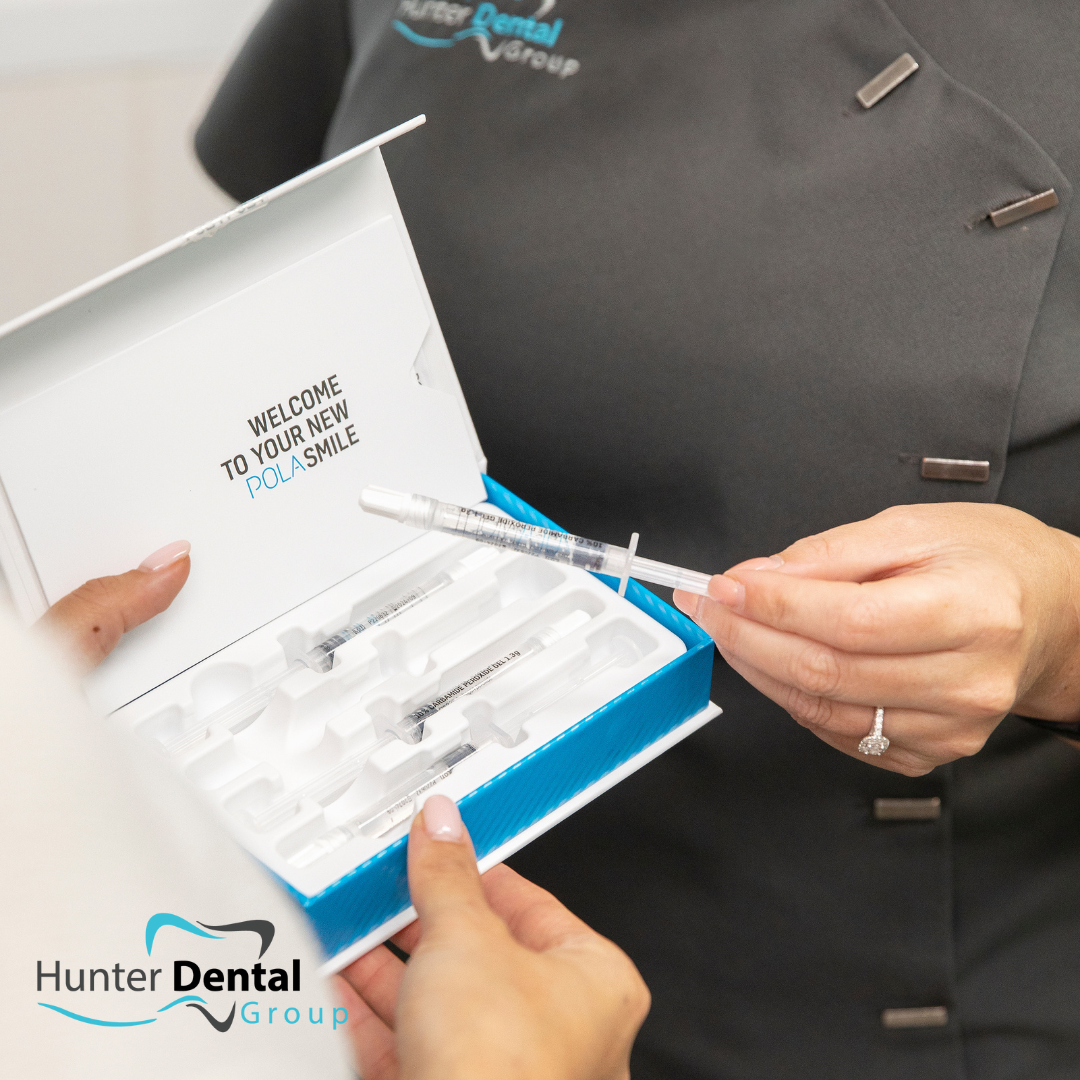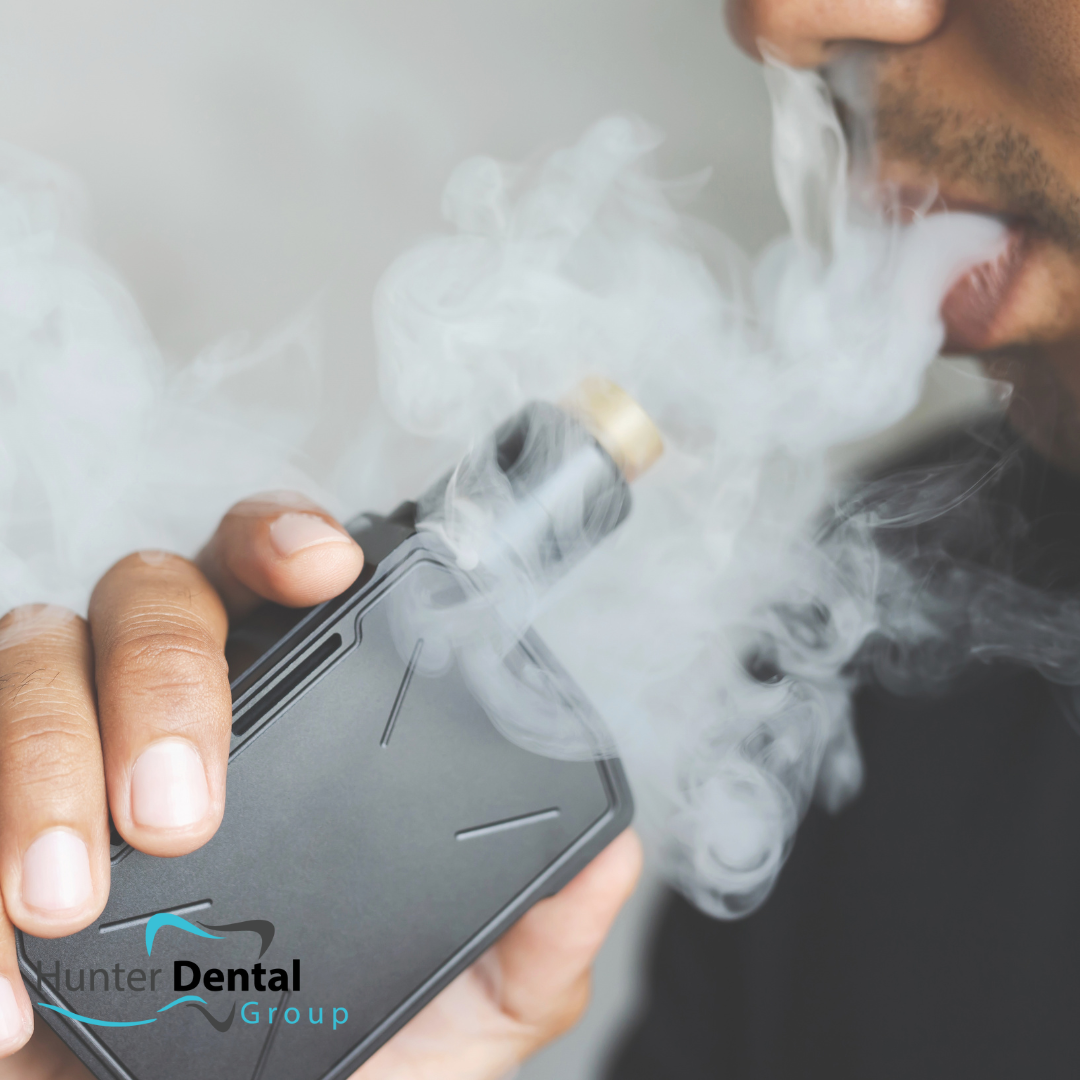Occlusal Splints
Occlusal Splints
What Is an Occlusal Splint?
An occlusal splint is a slim, acrylic guard fitted to the upper jaw, covering the biting surfaces. It is designed to be worn at night. Although an occlusal splint will not stop you from grinding or clenching, it will
guide the jaw into a neutral position. Wearing this device will save your teeth from severe wear, chips and fractures. It will also help to alleviate pain in your jaw.
Why Do I need A Occlusal Splint?
Clenching and grinding can damage our teeth. It wears them down and over time makes them shorter, blunt or fractured. Clenching teeth puts added pressure on the jaw muscles, tissues and structures surrounding the jaw. This results in jaw pain and stiffness, sore gums, sensitive, loose or broken teeth, clicking or popping of jaw joints and dull headaches. At times stress, anxiety and insomnia can make your clenching and grinding worse.
An occlusal dental splint is generally recommended to patients who present to us with obvious signs of Bruxism. Bruxism is when a person grinds their teeth while not chewing. The teeth grind or rub together as the jaw moves forcefully either from side to side or back and forth. Often, the person is not aware that they are doing it.
Teeth grinding is one of the most common sleep disorders. It is an unconscious neuromuscular activity.
So, what next?
Wearing a splint, especially at night time will absorb the force of your clenching and grinding. Therefore it provides something to wear down other than your teeth! You may find after years of wearing your splint that it may wear down, chip or even break. This should only happen after years of wear. If this happens, a new splint will need to be made for you.
In some cases, patients may be referred to see a physiotherapist to help with jaw discomfort. They are often given exercises to help strengthen the jaw muscles.
How do you make the splint?
At Hunter Dental Group Greta and Hunter Dental group Huntlee we utilise 3D scanning technology to replicate a 3D digital image of your dentition. This is then sent to a personalised dental technician who can custom make a splint that best suits the individual patient's needs.
Wearing the splint
It should be worn as instructed, usually just at night, but some patients may need to also use it during the day if in acute pain. Do not use when eating.
At first you are likely to notice one or more of the following:
The splint may feel tight on your teeth ,especially front teeth, when you first insert it
Increased salivation
When the splint is removed, your teeth may feel like they do not fit normally together
These are all normal and will disappear in a short time, normally it takes about a month for patients to get used to wearing a splint.
Our Clinics
Our Services
Contact Us
Cessnock - (02) 4990 1279
Greenhills - (02) 4934 7877
Dungog - (02) 4992 3366
Greta - (02) 4938 7281
Huntlee - (02) 4088 8084
All Rights Reserved | Hunter Dental Group
Our Clinics
Our Services
Contact Us
All Rights Reserved | Hunter Dental Group



